- Home >
- News >
- Agriculture
Grasshoppers a problem in Lake County

Berl Tiskus
Grasshoppers can eat half their body weight per day, and they are herbivores. In large groups they can decimate every plant in their path..

Berl Tiskus
Amelia Jordan, entomologist at Westland Seed, holds a handfull of Sevin-5 grasshopper bait, which kills grasshoppers.
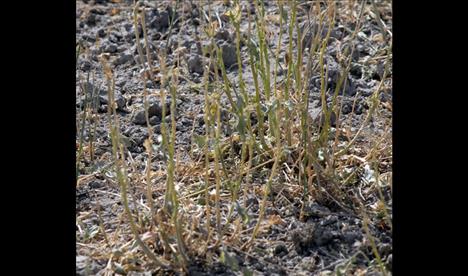
Berl Tiskus
Grasshoppers eat the Nash’s pasture down to the stem, leaving nothing for cattle to graze.
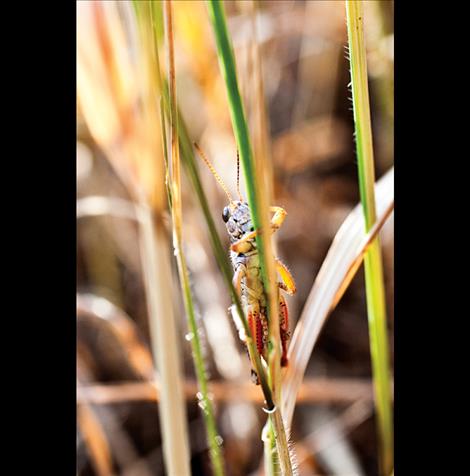
Berl Tiskus

Berl Tiskus

Berl Tiskus
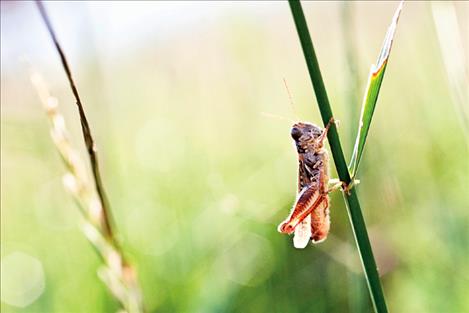
Berl Tiskus

Berl Tiskus
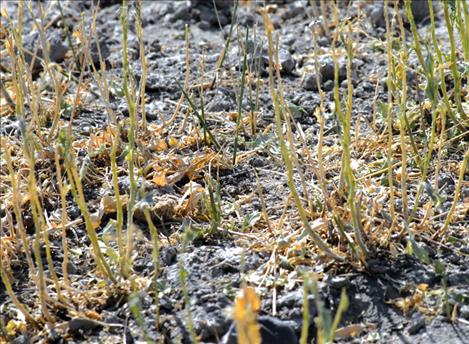
Berl Tiskus

Berl Tiskus
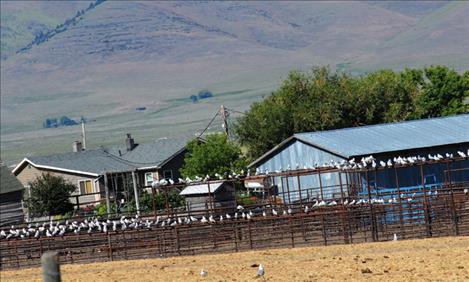
Berl Tiskus
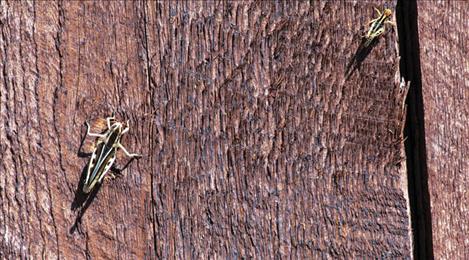
Berl Tiskus

Berl Tiskus
Issue Date: 7/8/2015
Last Updated: 7/8/2015 8:06:17 PM |
By
Berl Tiskus
Keep Reading!
You’ve reached the limit of 3 free articles - but don’t let that stop you.















